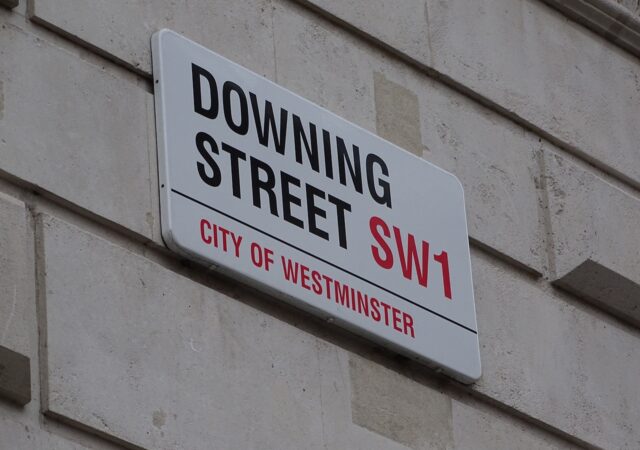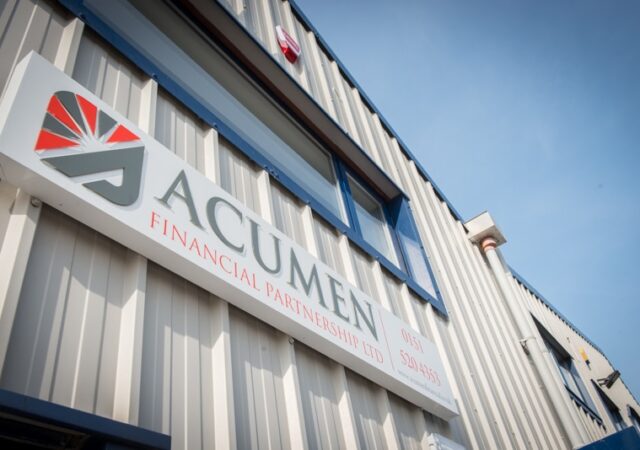Author of the best-selling title “One up on Wall-Street” and legendary manager of the Fidelity Magellan fund – Peter Lynch had a unique outlook for selecting companies. This outlook is no doubt how he produced record setting returns for the members of his mutual fund.
Perhaps the most interesting aspect of his investment strategy was his attitude towards a company’s Price/Earnings Ratio (P/E). As the name suggests the maths behind this ratio is relatively simple – i.e.:
Current Company Share Price- Company Earning Per Share
Basically, to calculate a company’s P/E ratio, you divide the share price by the earnings per share.
P/E ratio is a standard metric and almost always available on the front page of any company’s share information profile. It is essentially a multiple of earnings and it tells an investor how many years it would take for the company to return the cost of investment via earnings.
When comparing P/E ratios – a basic guide would be to compare a company’s P/E ratio to general averages – perhaps the FTSE 100’s average. Most investors would go one step further compare a company’s P/E ratio to its competitors to try and establish whether a company is fair value, cheap or expensive.
Historically speaking, the US markets have averaged a P/E ratio of around 20. Often, a sub 20 P/E ratio was considered cheap and a ratio above this considered expensive. It is absolutely not as simple as that unfortunately.
As such, Peter Lynch went much further with his philosophy. He suggested that a company’s fair P/E value was their annual revenue growth + their dividend yield.
This goes a very long way in explaining why tech companies often run very high multiples of earnings and can still be considered fair value. Let’s take Microsoft (MSFT) for example – currently running at a P/E ratio of 33.74 with a share price of $301.74 dollars.
Over the last 5 years, Microsoft has averaged a net income growth figure of 32.58% and it currently pays out a dividend of 0.82%. By combining these two figures we get 33.40 – extremely close to the 33.74 P/E figure.
Equally, if we take an extremely different company like British American Tobacco – currently yielding 7.25% in dividends.
Its earnings have been subject to negligible growth (approximately 6.58% annualised). The market is currently pricing them at around a P/E of 11.66 and by combining the earnings growth and dividends you get a figure of 13.83.
As an exercise, it is worth looking at many of the big names in the market – more often than not their P/E ratio is almost exactly the combination of revenue growth and dividends. If there is a substantial difference between the figures – Peter Lynch would argue this would indicate whether a company is cheap, expensive or sometimes downright insane.
Either way, Peter Lynch offered an utterly unique insight to such a simple metric which has certainly impacted how I view Price versus earnings.
If there is one take away from this article it is that his book “One up on Wall-Street” is definitely worth a read if you find these subjects interesting.



